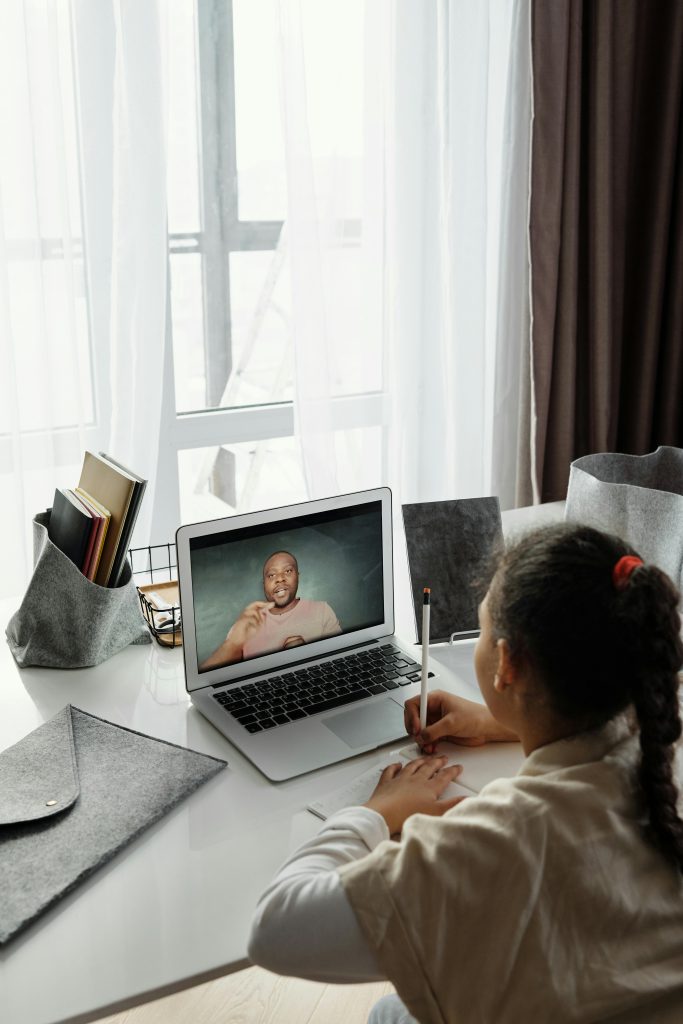Setting Up Your Office Computer for Gaming and Streaming on Your TV: A Step-by-Step Guide
In today’s digital age, many users seek to transform their existing computers into versatile entertainment hubs, capable of gaming, streaming, and other multimedia activities. If you’ve recently purchased a used office computer and want to connect it to your TV, you might encounter some technical hurdles. This guide provides a comprehensive overview of the setup process and troubleshooting tips to ensure a seamless experience.
Understanding Your Hardware Connections
1. Identifying Necessary Adapters
Connecting a computer to a TV typically requires certain adapters, especially if your computer’s output ports differ from your TV’s input options. Most modern TVs support HDMI, which consolidates video and audio into a single cable for high-quality output.
What you need: Check the back of your computer for available video output ports (e.g., HDMI, DisplayPort, VGA). If your computer lacks an HDMI port but your TV has one, an appropriate adapter (such as DisplayPort to HDMI or VGA to HDMI) is necessary.
2. Connecting Your Computer to the TV
- Wireless or Wired?
- Wired connection: Use a suitable cable and adapter to connect the computer’s video output to the TV’s HDMI port.
-
Wireless connection: Utilize technologies like Miracast, Chromecast, or built-in Windows wireless display features to project your desktop.
-
Testing the Connection:
Once connected, select the correct HDMI input on your TV. On your computer, you may need to adjust display settings to duplicate or extend the desktop.
Setting Up Input Devices: Wireless and Wired Keyboards
3. Keyboard Recognition and Input Issues
You’ve mentioned that your wireless keyboard, as well as other keyboards, aren’t functioning for system startup purposes, even though wired keyboards allow you to access the setup menu.
Possible causes and solutions:
– USB Port Compatibility:
Some wireless keyboards require specific USB ports (e.g., USB 2.0 vs. USB 3.0). Try connecting the wireless keyboard to different ports, preferably USB 2.0 if available.
-
BIOS Settings and Hardware Recognition:
The fact that wired keyboards can access the BIOS or boot menu indicates that the system recognizes them at a hardware level. If your wireless keyboard isn’t working at this stage, it might be due to lack of support during early boot. -
**Troubleshooting
Share this content:



